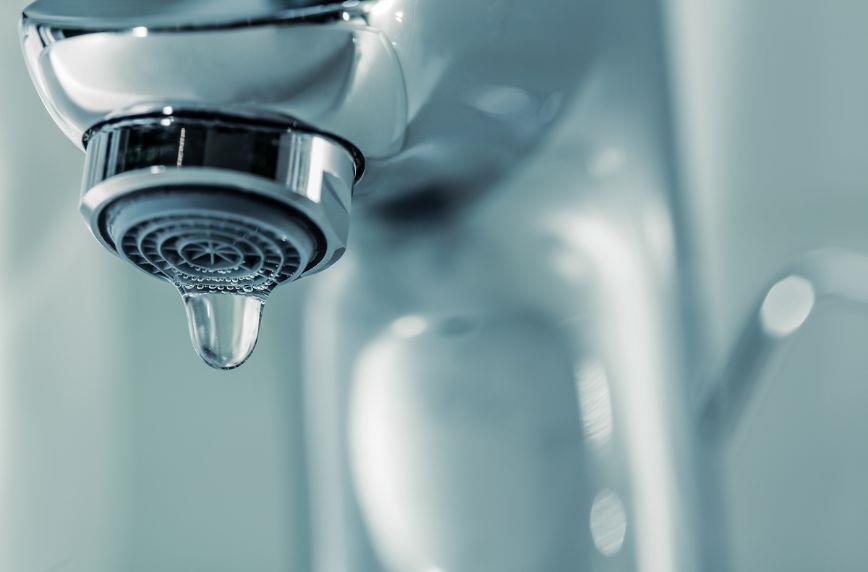Winter weather can cause all kinds of problems for your home, including freezing and bursting pipes. It’s important to take the necessary preventative steps to avoid these issues so that you don’t have to pay large sums of money to fix the damage. Here’s how to protect your pipes in the wintertime.
Install Insulation
Installing insulation is the first way to protect your pipes from freezing or bursting in the winter months. Freezing temperatures can cause the water in pipes to freeze and expand, resulting in bursting pipelines. Insulation is a great way to avoid this issue and regulate the temperature of your pipes so that they won’t freeze in cold weather.
There are a few different methods of pipe insulation you can use to protect the pipelines in your home. For example, you can cover your pipes with traditional pipe wrap, bubble-film pipe wrap, or foam pipe wrap. There are many benefits of insulating water supply pipes, so you should consider this technique.
Let Faucets Drip
Another way to protect your pipes in the winter is by letting your faucets drip. We’ve all heard not to leave the water running as it can increase water bills. However, if a pipe bursts, you will be paying a significantly larger amount of money to fix it, which is something you want to avoid if possible.
Therefore, a simple trick to avoid bursting pipes in freezing weather is to let your faucet drip during the wintertime. This trick works because it keeps water and pressure flowing throughout the pipe system.
Use Heat Tape
Using heat tape is another effective strategy for protecting pipes in winter weather. Heat tape is a specialized cable that you can attach to your pipes to keep them from freezing and bursting in cold temperatures. You will need to plug the heat tape into an outlet and carefully wrap it around your pipes.
This tape works by heating your pipes during colder weather to regulate their temperature and the water running through them. Some heat tape even comes with built-in thermostats that automatically turn on as temperatures drop and shut off when temperatures rise again.
Now that you know some helpful tips for protecting your pipes in the winter, you can use these strategies in your home. Taking preventative measures to keep your pipelines safe is essential, so put in the necessary effort to avoid freezing and bursting pipes.
Are You a Professional?
Requests for your services are coming in left and right. Let’s connect and grow your business, together.


